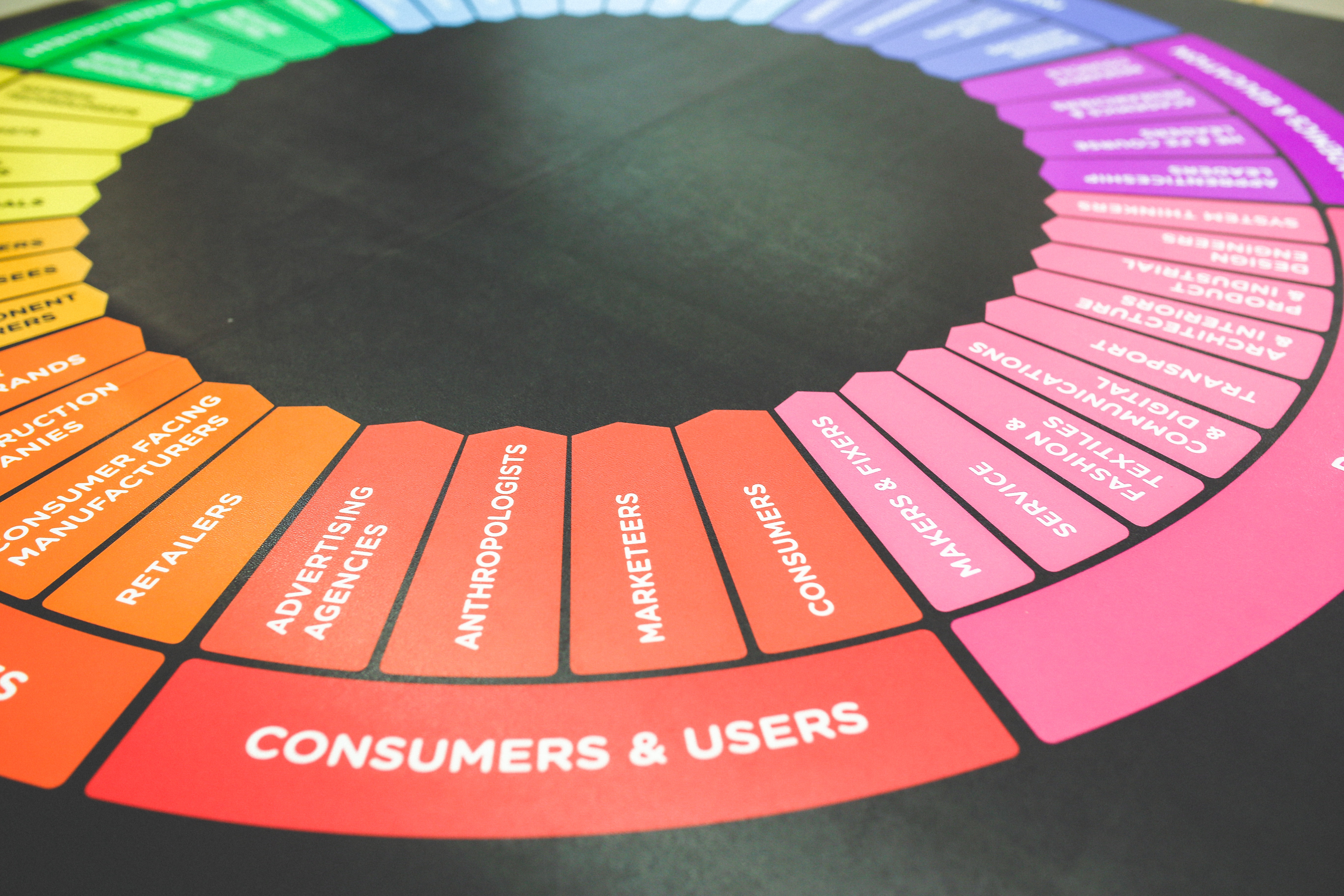
Your customers are the lifeline of your company. So to say that it is important to understand their needs would be a big understatement. Your business exists to address a customer’s need, solve a customer’s problem.
Sometimes these needs are obvious and easily identified; sometimes they’re not. There are even some customers who don’t really know what they need. To this Steve Jobs even adds: “Our job is to figure out what they're going to want before they do.”
Customer needs are also not static; they do change from time to time. And for your product or service to remain relevant, you must continually try to identify your customer’s needs.
But whether known or unknown, implicit or explicit, all these needs fall under common categories. We’ve identified 23 common (and not so common) customer needs that you would want to consider when developing, marketing, and selling your product or service.
23 Kinds of Customer Needs

The Fundamental:
Whatever you’re selling, these are the basic needs you must fulfill for a smooth customer relationship.
1. Understanding and empathy: Customers need to feel understood. They need understanding and empathy (and no judgment) from the person servicing them. They want you to see where they’re coming from.
2. Fairness: They want to be treated fairly and equally as the other customers in every stage and aspect of transaction.
3. Transparency: Nothing infuriates customers than lack of transparency. Tell them the truth—even when the truth hurts at times. They would rather know what’s happening in every step of the transaction, but make sure to offer solutions for setbacks.
4. Control: They want a sense of control. They want to feel that they are on top of things and making the decision (or not). Make sure to ask them what they think, what they like, what they don’t like, etc.
5. Options and Alternatives: They need options and/or alternatives before making a purchase. They don’t want to be railroaded into buying the only option available. You want them to feel like they’ve viewed all options and have chosen the best one.
6. Information: Give customers all the information they will need to make the purchase. You would rather err on the side of saying too much than saying too little. This is where content marketing comes into play: make sure you feed them with relevant, informative, and useful content.
7. Accessibility: They want to feel like they have easy access to you and your team for pre- and post-sales support. As a company, you should provide these multiple access points to every prospect or buyer.
8. Warmth and Friendliness: Many customers look for warmth and friendliness from the salesperson. Learn to gauge your buyer. There are those who wouldn’t want the transaction to be all business and would want to establish some rapport with you. This is why it’s still best to humanize and personalize certain customer touchpoints.

Features and Benefits
The product or service you’re selling must address these common features and/or benefits customers need.
9. Functionality: Your product or service should address functions they require to solve a need or want. A customer is buying a product or service for how it will function in his life—and add value to it.
10. Price: This is a very common consideration: it should meet their budget. It’s often one of the first things most customers look at. If they ever go beyond their budget, they expect the product/service to exceed expectations.
11. Convenience: It should make their lives easier. The solution you offer must be convenient to use; with little to no impact on how they currently use their time and expend their energy.
12. Efficiency: Aside from it being convenient to use, the product or service needs to add efficiency to the customer’s life. It should help streamline a process or help him maximize his time, for example.
13. Reliability: Customers need something they can always rely on, especially when they need it.
14. Durability: Along with price, they want a product or service that doesn’t conk out after only a few uses. A strong indicator of value for money for them is how long the product lasts.
15. Performance: Strength, speed, accuracy, longevity—these are just some performance indicators customers expect from anything they’ve purchased.
16. Experience: This covers pre- and post-sale: How was the buying experience for them? How does your product/service make them feel after they’ve purchased it?
17. Design: Also related to experience is how you’ve designed your product or service. User experience design is important: you must make it easy for a customer to use your product.
18. Aesthetics: Related to design is the aesthetics. Is it easy on the eyes? Attractive? Certain customers are particular about how a product looks, not just how it functions.
19. Integration and Compatibility: A customer has many other products and services and yours should be compatible with what he currently has. It should work with his other products and services, or can be easily integrated into them.
Others:
These are not as common as the aforementioned needs, but they are still important nonetheless.
20. Risk and Terms: They want to know that they are buying from you risk-free. Do you offer insurance, warranties, and/or guarantees?
21. Safety and Compliance: Some customers are very particular if a product or service has met safety and compliance tests. They want it to meet certain standards that assure their safety and wellbeing.
22. Sustainability: Sustainability-conscious customers have very specific requirements related to ethics, community, and the environment.
23. Status and Identity: Customers may want to purchase because your product or service aligns with their status and identity—or helps elevate it.
So we’ve identified the usual needs of your customers. In our next post, we identify the different kinds of customers you will come in contact with—and see how these needs manifest in their behaviors when interacting with you.
Photos from Pexels





